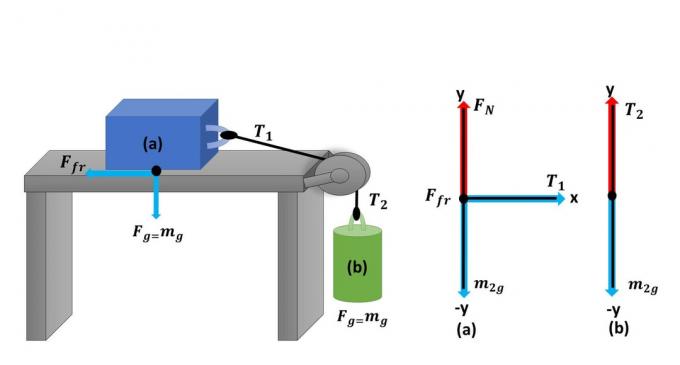The quality management It is an innovative method found within the administration, it has a great influence on improving the quality of products and services and in increasing customer satisfaction through management practices already known.
A fundamental property of this type of administration is the understanding that every client is who imposes, defines and is the mediator who has the final say in relation to the quality of the product. This will increase your satisfaction and ultimately your demand.
Advertisements
In this article you will find:
Characteristics of quality management

Among the most important features are:
Advertisements
- Customer satisfaction is essential for the company to remain in a competitive position within the market.
- Internally and externally, customer satisfaction is the stimulus to strive for quality.
- The company must know what the needs of the customers are in order to know what procedures it must implement to satisfy them.
- The management must act with determination and thus establish quality as a priority to incorporate it into the administrative regulations of the company.
- Quality concepts must be exposed and involved in the different activities of the company.
- Managers must provide a work environment where the participation of all workers is involved to improve quality.
- This system must be based on continuous methods for the success of the company.
Quality management principles
This administration is focused on the initiative and procedures to deliver quality products and services. Because of this a large number of principles can be identified including:
- Management: The main administration is in the obligation to lead and create a successful environment.
- Training: Employees must be trained in quality methods.
- Decision making: These must be taken based on mediations.
- Continuous improvement: Companies must continually work to improve production procedures.
- Methods and tools: The use of these ensures allows quality compliance.
- Organizational culture: The company culture should focus on developing the skills of workers to optimize quality.
- Employees involved: Workers should be encouraged to be proactive and involved in problems and in the search for solutions.
Quality management costs
There are companies that believe that the costs of incorporating quality are greater than the benefits that can be obtained. Despite this, research has determined that the direct and indirect costs of quality problems are many more than those of implementation.
Advertisements
These costs can be classified as follows:
Prevention costs
They are associated with the design, implementation, maintenance of the quality system and are presented before operation, these include:
Advertisements
- Product requirements: The material and process of the finished goods and services must be specified.
- Quality planning: Design plans that include quality, operations, productions and inspections.
- Training: Motivate the development, preparation and maintenance of procedures.
Evaluation costs
They are related to the evaluation of suppliers and customers regarding the materials and services purchased to adjust the following specifications:
- check: Registration of the material that arrives against the specifications.
- Quality authority: Confirm that the system works efficiently.
- Supplier Evaluation: Verification and approval by suppliers.
Internal failure costs
They occur when results do not meet quality guidelines and are discovered before goods and services are delivered to customers. These include:
Advertisements
- Waste: Results of errors, unnecessary work and poor communication.
- Waste: Materials or products with defects that cannot be recovered to be sold.
- Extra work: Improvement of defective materials.
- Failure analysis: This is necessary to know the causes of internal faults.
External failure costs
They can happen when products and services do not meet quality requirements and are detected after being delivered to customers, they contain:
- Repairs: Repair the products that are returned.
- Warranty claims: Products and services are replaced and executed again within the warranty time.
- Returns: Incorporation of transport and investigation of returned products.
The quality management It is achieved only when the management listens to the proposals and advice of its consultants, in addition to having the will and commitment to you support the assignments of responsibility, get involved in the development of production and quality verification to obtain a company successful.


